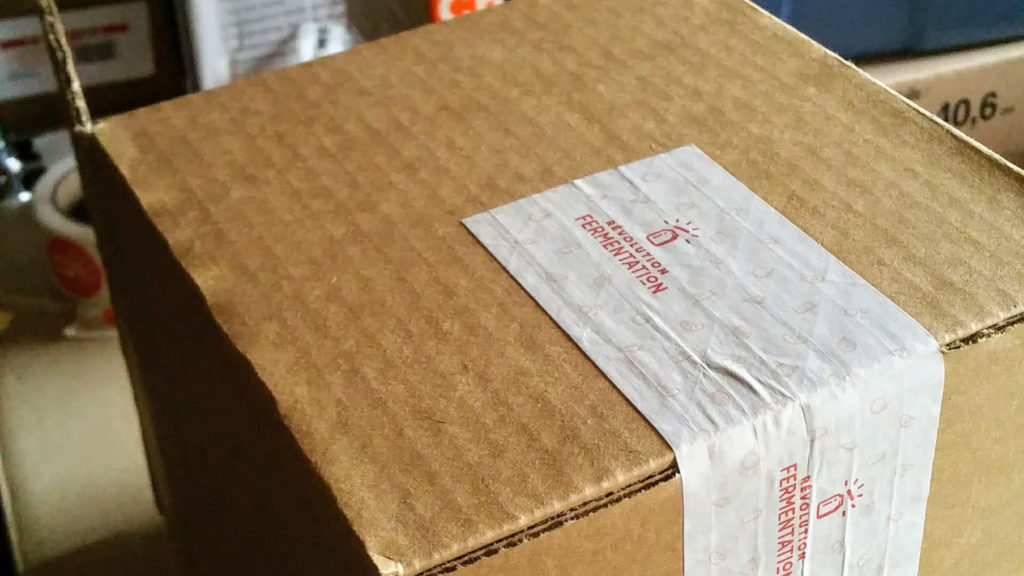Homemade fermentations are more accessible than you think. The hardest part? Getting started… and waiting for it to be ready!
What Is Fermented Food?
Fermented foods are everywhere in our diet. Bread, beer, sauerkraut, vinegar, yogurt and kombucha are all fermented foods!
Fermented food recipes have one thing in common: they are produced with microorganisms. Yeast, bacteria, or even moulds are used to create delicious recipes.
Microorganisms transform food! Cabbage becomes sauerkraut, milk becomes yogurt, apple juice becomes cider, tea becomes kombucha…
Fermented food recipes are safe and full of health benefits. Microorganisms help preserve food longer while developing new flavours.
Wild Fermentations vs. Cultured Fermentations
There are two main types of fermentation: those that use wild microorganisms, and those that use cultures.
Wild fermentations use microorganisms that are commonly found in the air, on food, or even on our hands.
For example, to make sauerkraut, all you need is cabbage and salt. Lactic acid bacteria are already present on the cabbage. These easy fermentation recipes do not require the addition of a culture.
Cultured fermentations use microorganisms that have been carefully selected in the laboratory to ensure a successful recipe. For example, when making bread, laboratory-grown yeast that has been packaged is used.
Some cultured fermentations use kombucha mothers or scobys, which means that a small portion of a previous recipe is used to start a new fermentation. For example, to make kombucha, you need a kombucha scoby, which is reused in each recipe.
Easy Fermented Vegetables (Fermentation recipes for beginners)
Fermentation recipes for vegetables require two ingredients: vegetables and salt!
Lactic acid bacteria, which are already present on the vegetables, transform the vegetables to make them softer and tangier. They create new flavours and help preserve the vegetables for a very long time.
Since almost all vegetables can be fermented, it’s a whole new playground to explore!
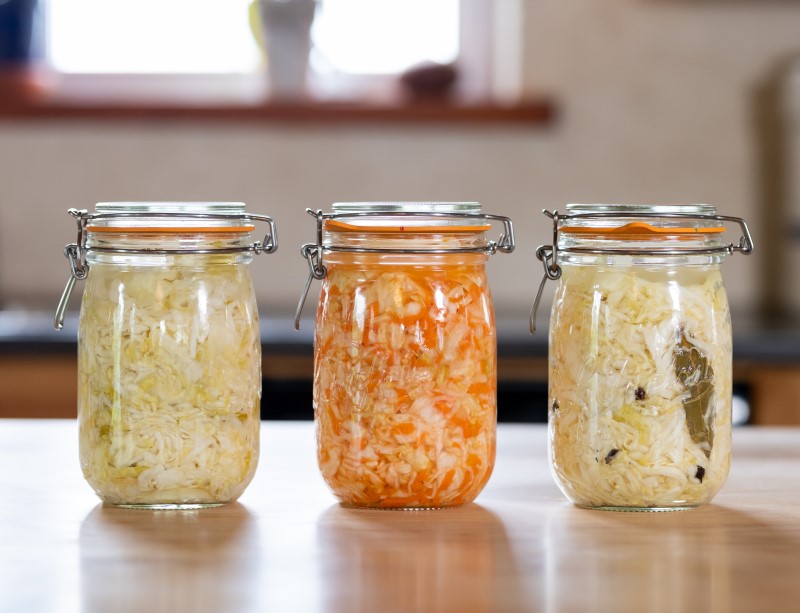
Classic Sauerkraut
The fermenter’s apprentice initiation! Sauerkraut is easy to make and absolutely delicious. Perfect for introducing you to fermentation.
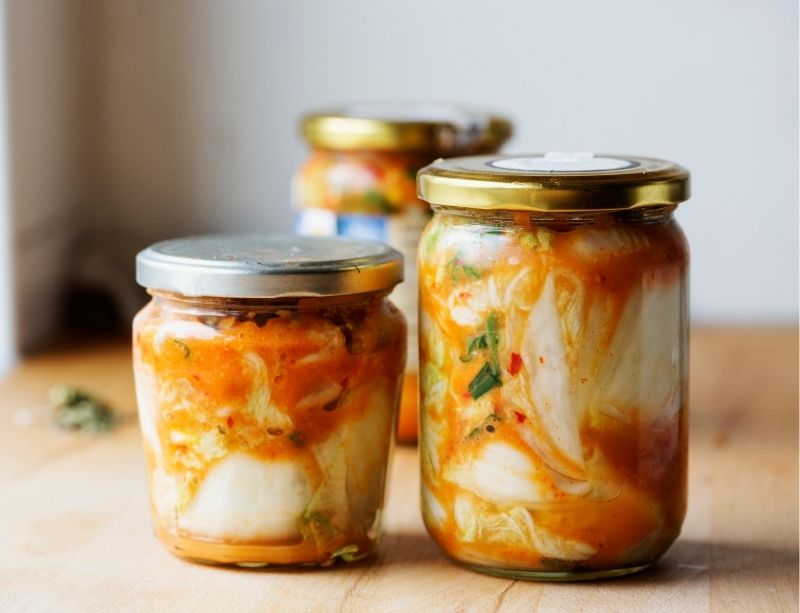
Korean Kimchi
Kimchi is a spicy sauerkraut made from napa cabbage, daikon radish, and carrots. It is fresh, crunchy, and just spicy enough.
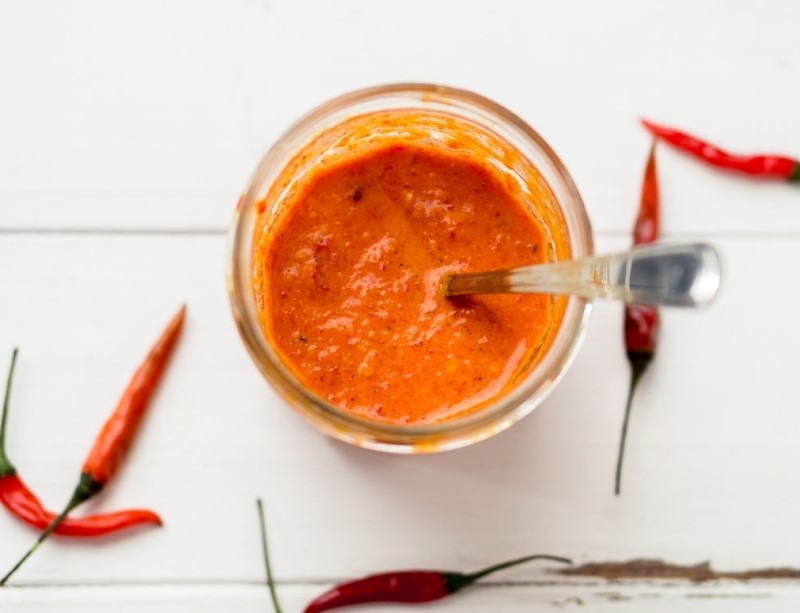
Hot Sauce
An easy fermentation recipe that can be customized endlessly! Adapt the recipe according to your tolerance to spicy foods and play around with your favourite spices.
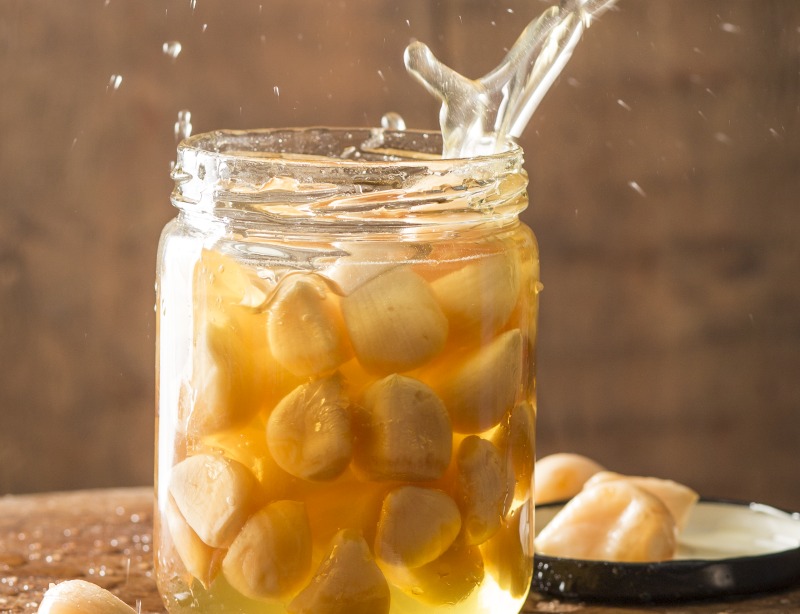
Honey Garlic
Garlic and honey… that’s it! Fermentation creates both sweet, candied garlic cloves that are eaten like candy and a golden syrup that transforms marinades and stir fries.
Fermented Beverages
Replace fizzy beverages with fermented ones! As well as being fizzy and tasty, they have many benefits and are easy to prepare.
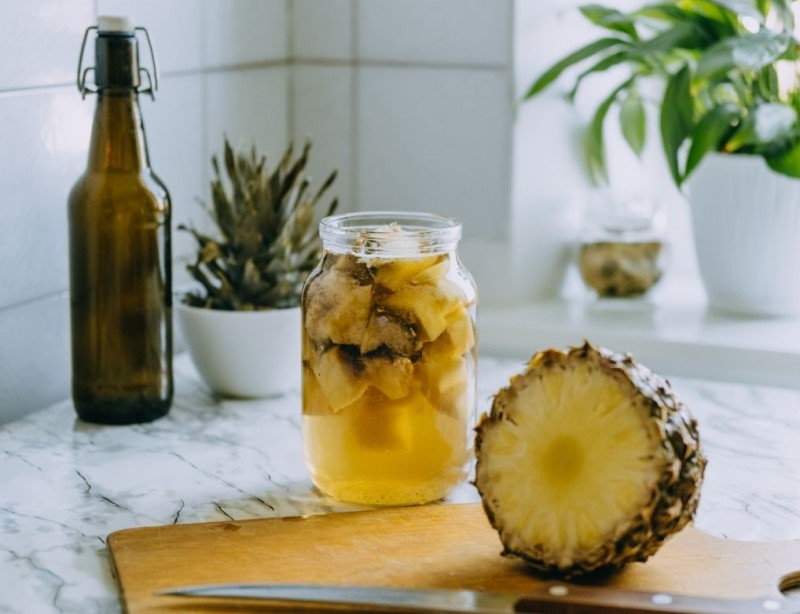
Tepache
This zero-waste recipe uses pineapple core and skin. The wild yeast and bacteria already present on the pineapple create a fizzy drink in just a few days.
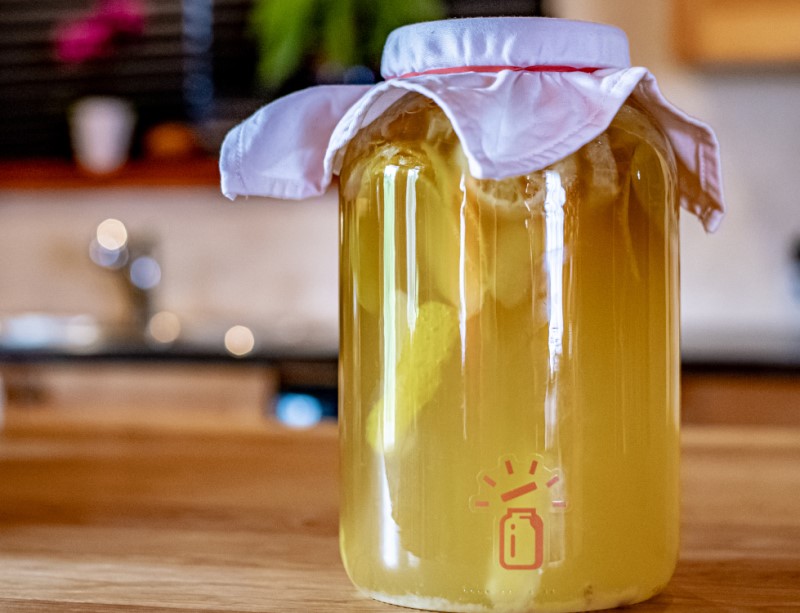
Sima
Sima is a Finnish fermented lemonade. It can be made from bread yeast, white sugar, brown sugar, and lemon.
After fermentation, sima has a distinct citrus taste and is very, very fizzy!
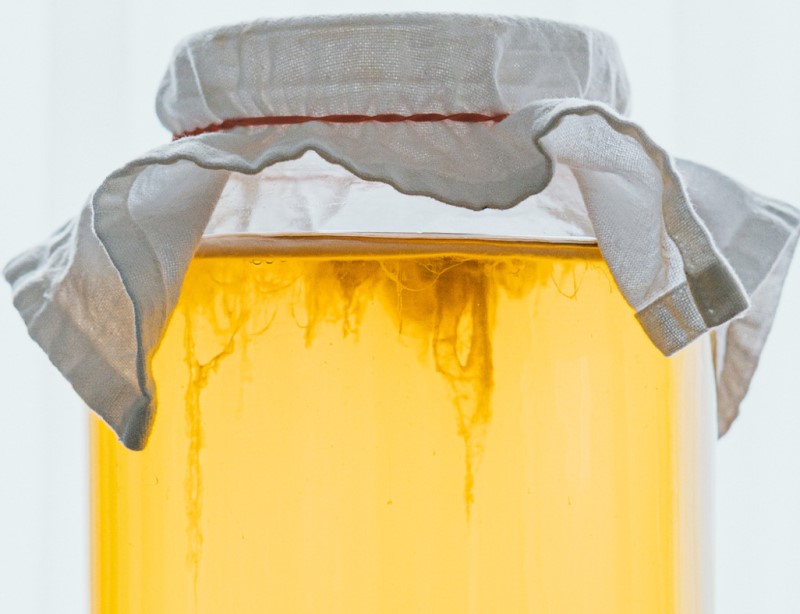
Kombucha
Kombucha is a tangy, fizzy drink made from sweet tea and a kombucha scoby. If you can make tea, you know half the recipe!
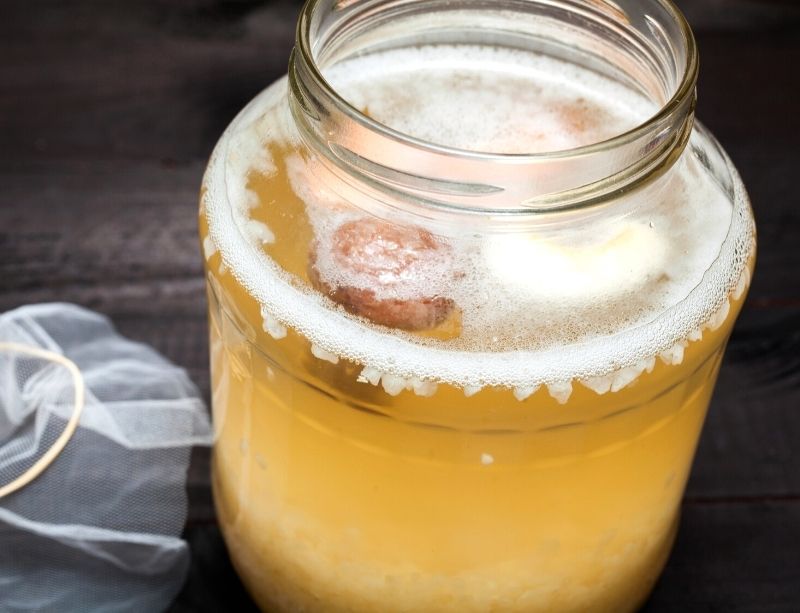
Water Kefir
Water kefir, also known as tibicos, is made from water, sugar, and water kefir grains. It’s quicker to make than kombucha, and just as fizzy!
Syrups and Vinegars
Whether it’s to enhance your dishes or to flavour your fermented drinks, syrups and vinegars are easy to make at home.
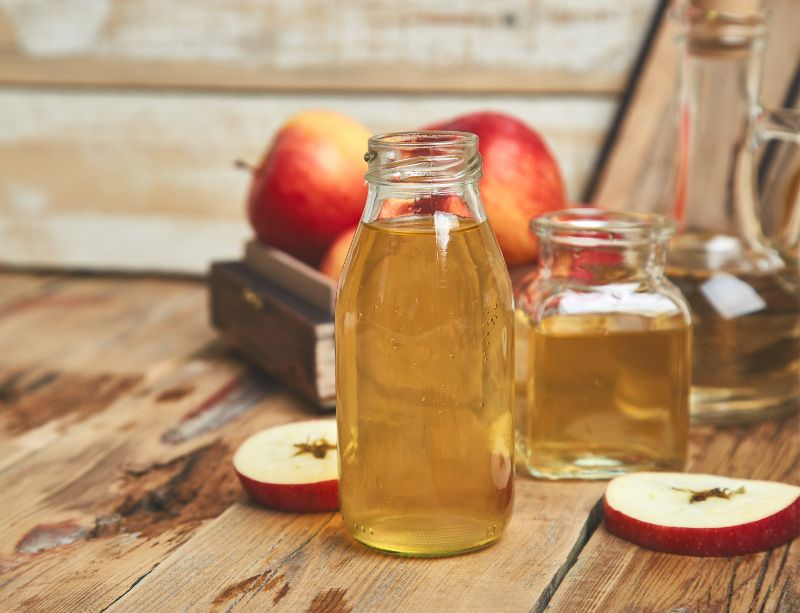
Apple Peel Vinegar
Making your own vinegar is easier than you think! It can be made from apple peels, sugar, bread yeast, and unpasteurized cider vinegar (which can be found in grocery stores).
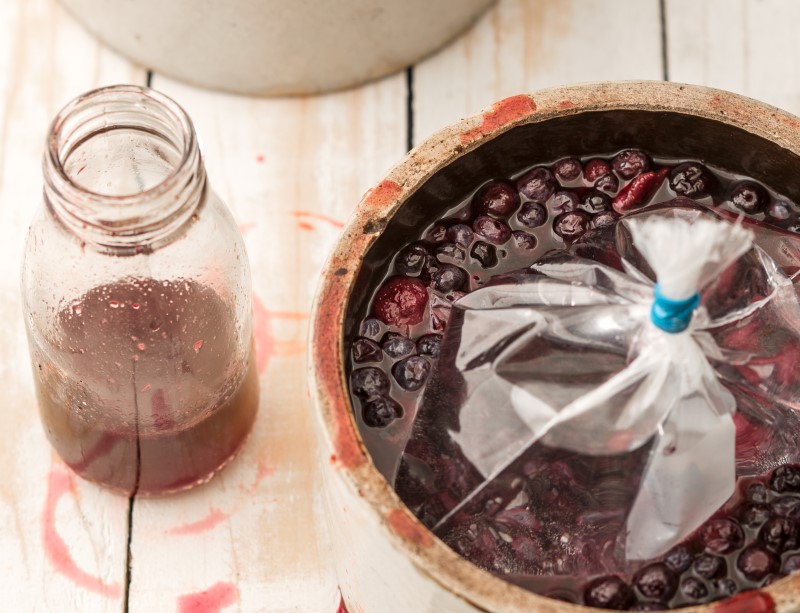
Shrub
Do you know what shrub is? It is a raw syrup made from berries. The berries are soaked in a mixture of vinegar and sugar, which extracts all their flavours and enzymes.
The variants without vinegar and with sugar only are called “cheong” and “koso”.
Yogurt and Fermented Milk
Milk that can be processed without a yogurt maker or any special equipment? It can be done!
However, fermented milk requires cultures (grains or powdered cultures).
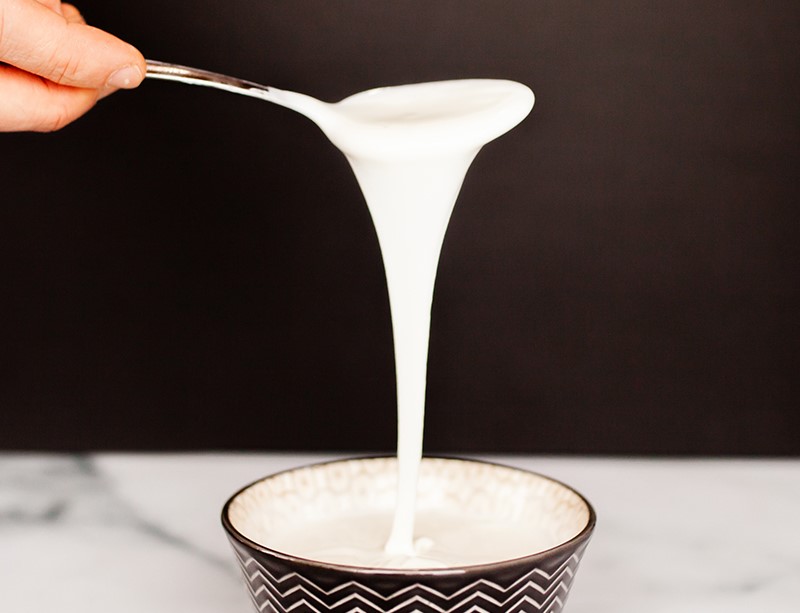
Viili
Viili is a Finnish yogurt. It is very stringy, almost sticky! It has a very, very mild taste. It is made at room temperature from milk and culture (or a little viili from a previous recipe).
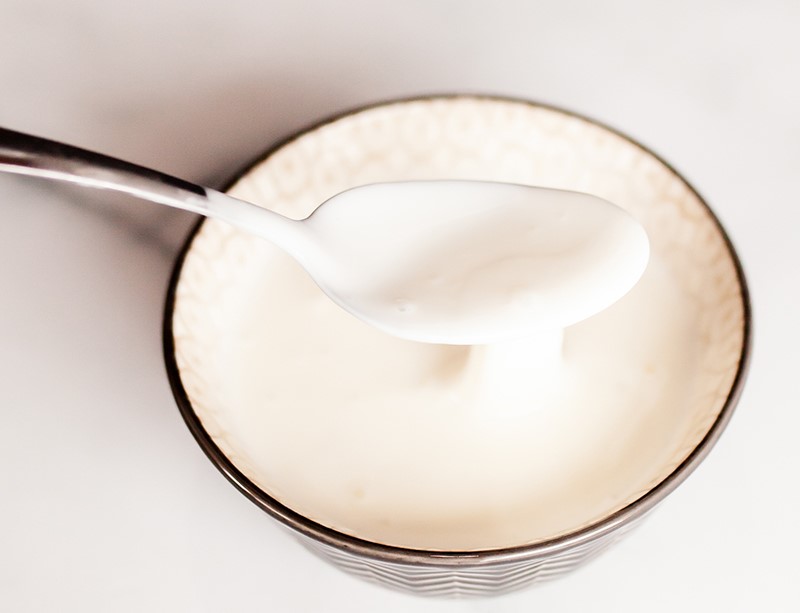
Matsoni
Matsoni is viili’s cousin, a little less sticky, but just as sweet and pleasant on the palate. It also ferments at room temperature from milk and matsoni culture.
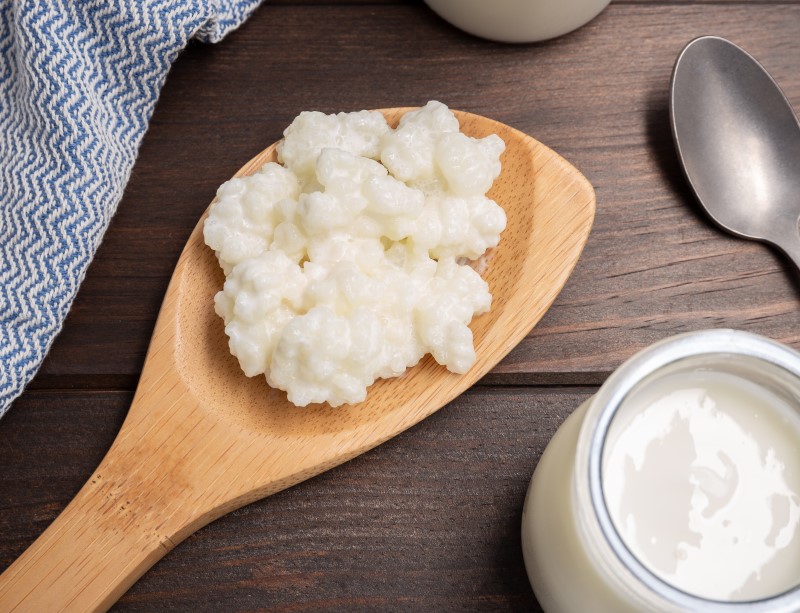
Milk Kefir
Milk kefir is a drinking yogurt that is made from kefir grains. These grains, which are reused from recipe to recipe, contain an incredible flora of good microorganisms that transform milk.
Koji Products
Koji is a Japanese fermented rice, which is used to make many fermentations. Although it can be made at home, it’s easy to buy koji and use it for other recipes.
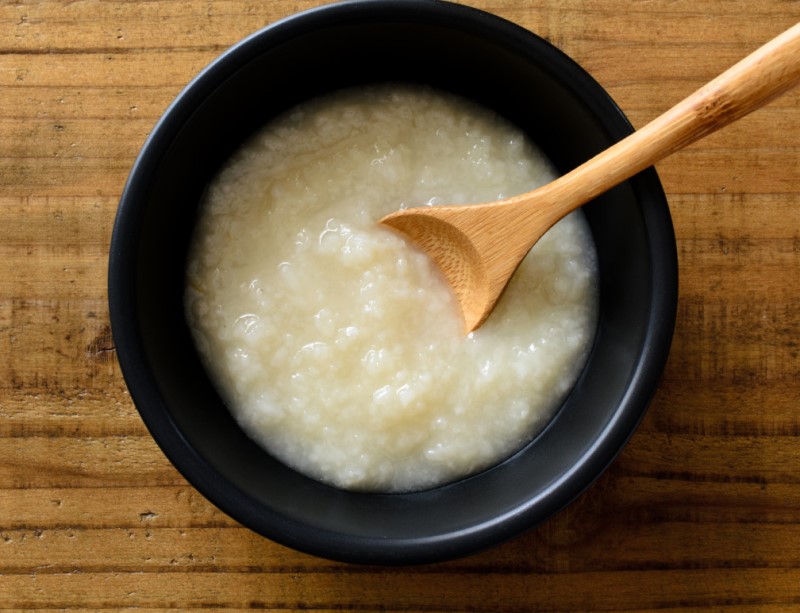
Shio Koji
Shio koji is a marinade made from lacto-fermented koji. Shio koji contains enzymes that transform meat and vegetables, making them endlessly delicious.
Water, salt, koji… and a little patience, that’s all you need!
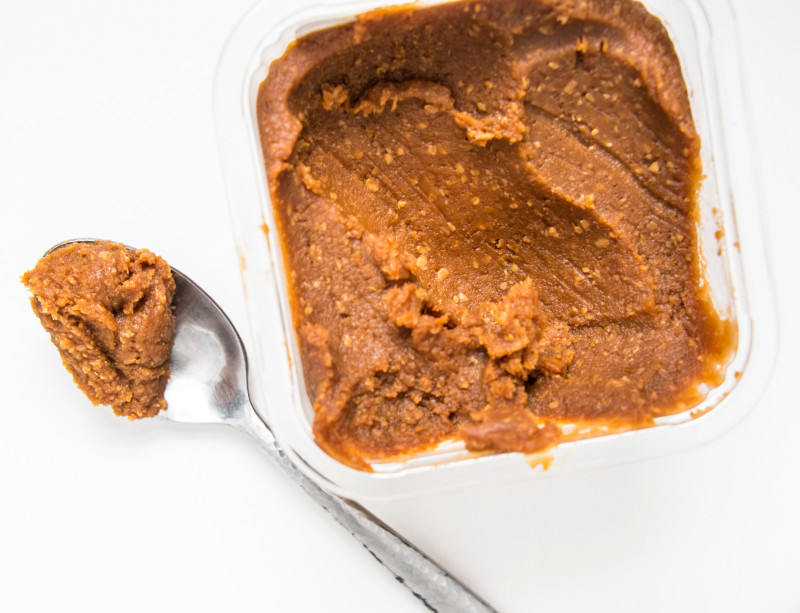
Miso
Miso takes a long time to ferment, but the initial preparation is easy and accessible. Simply mix cooked soybeans with koji and salt. The miso is then placed in a jar… and waited for!
